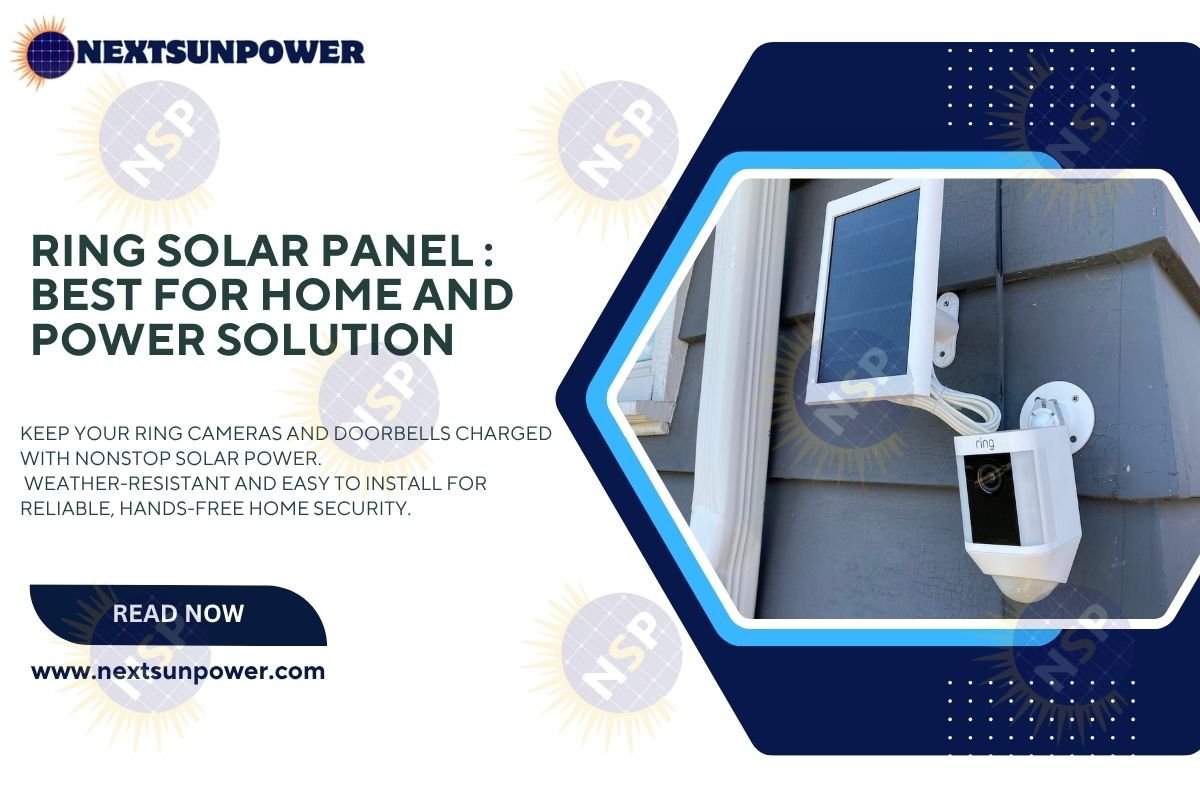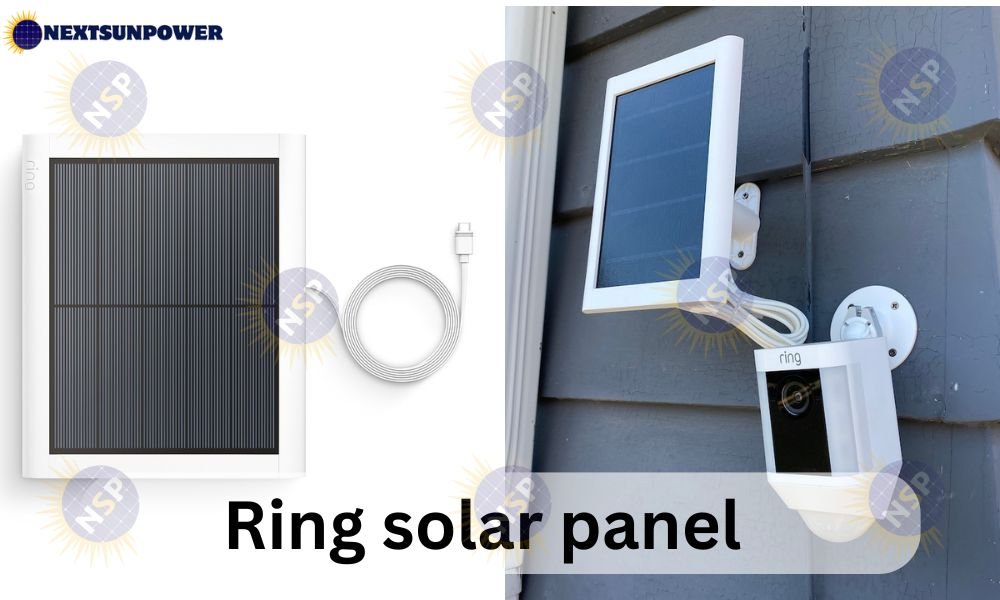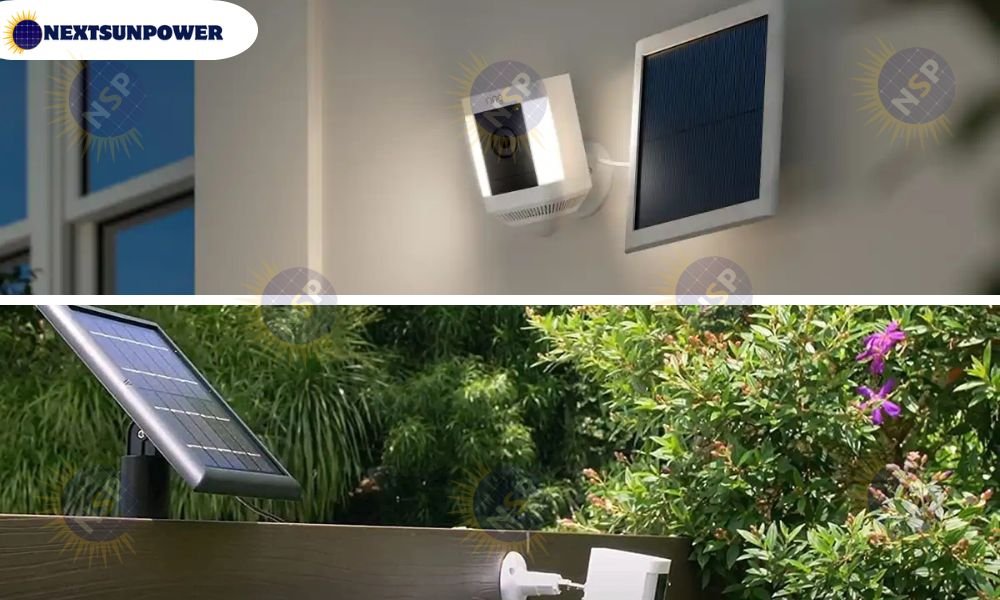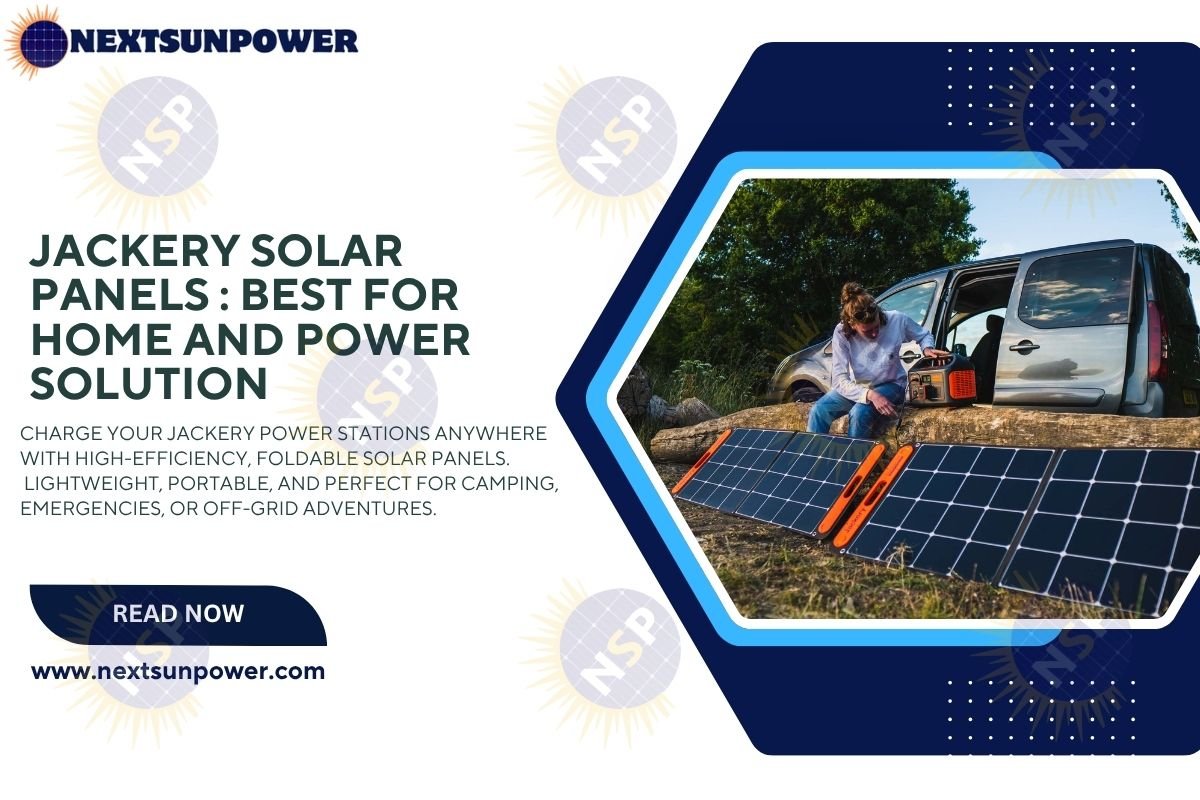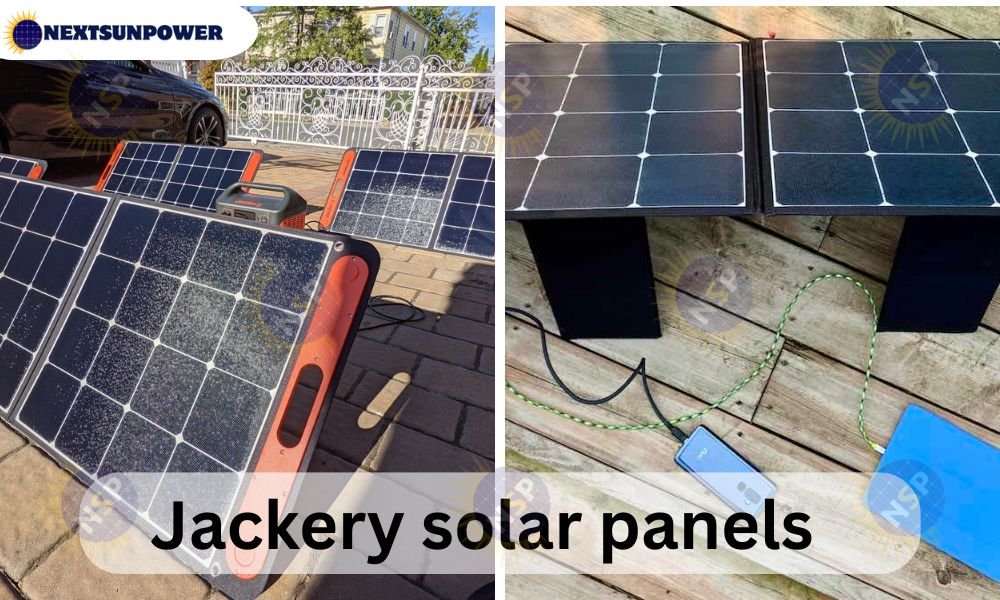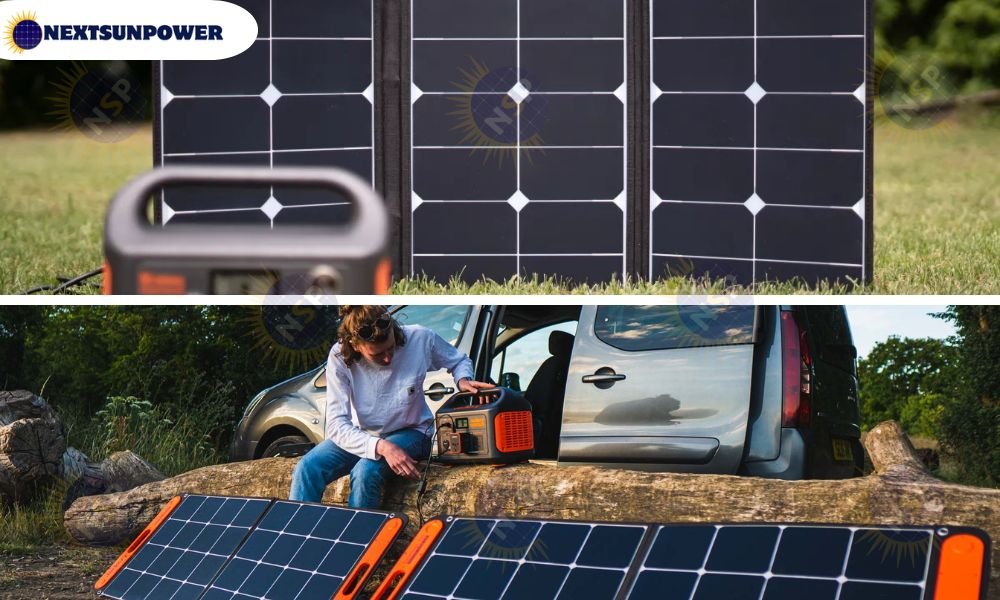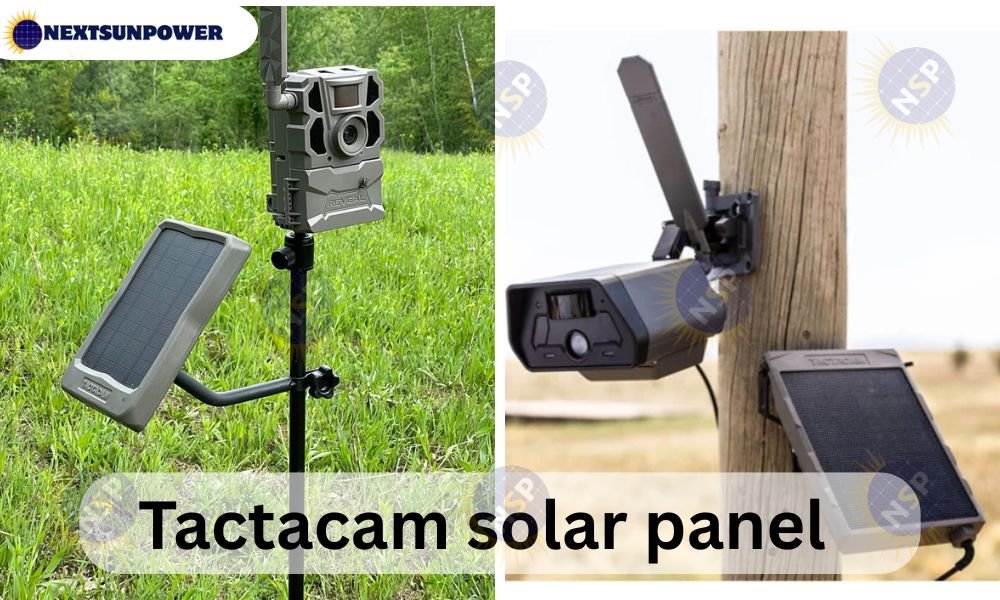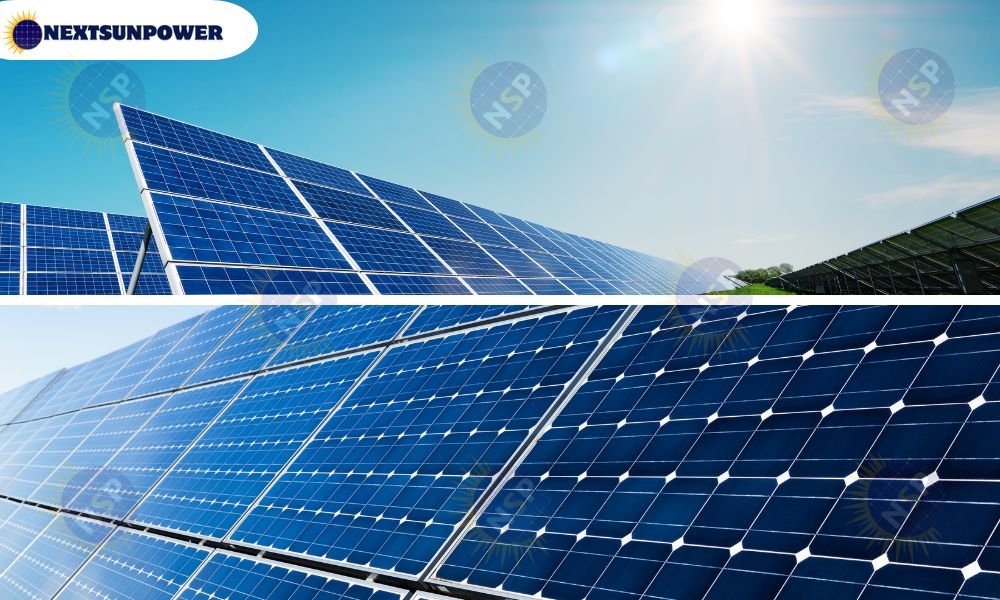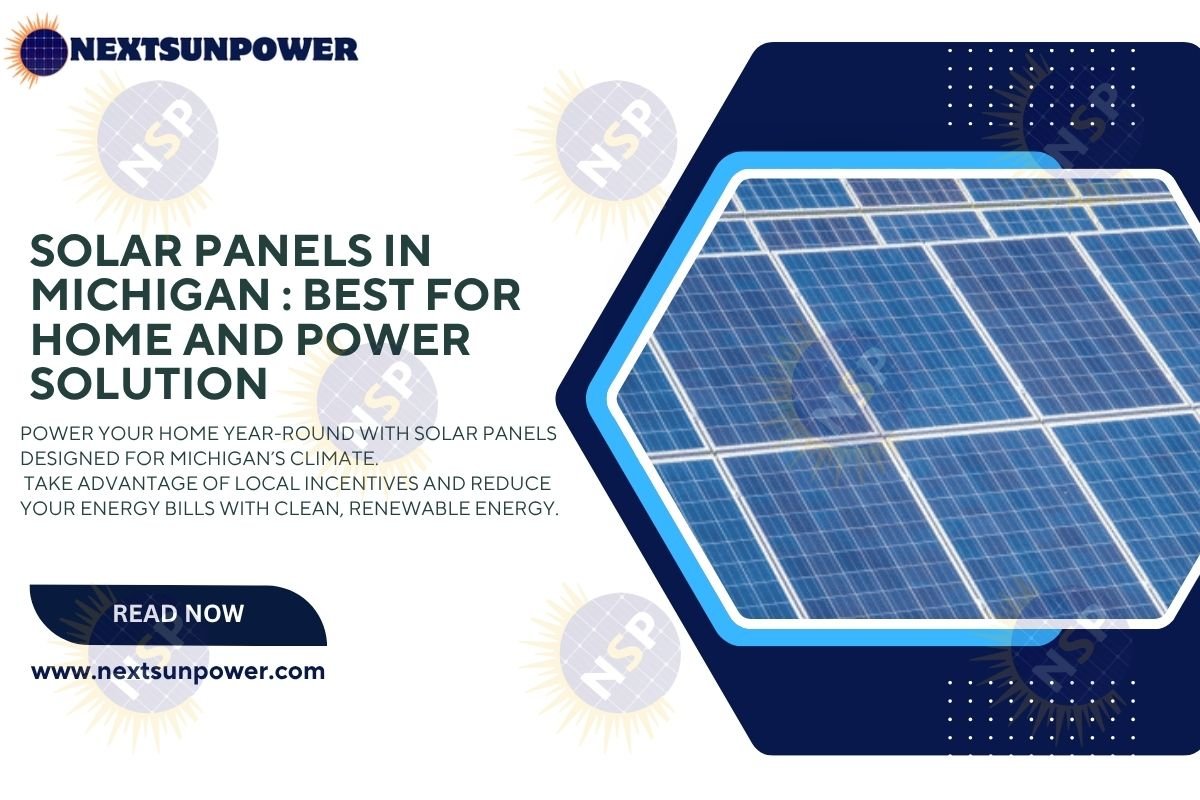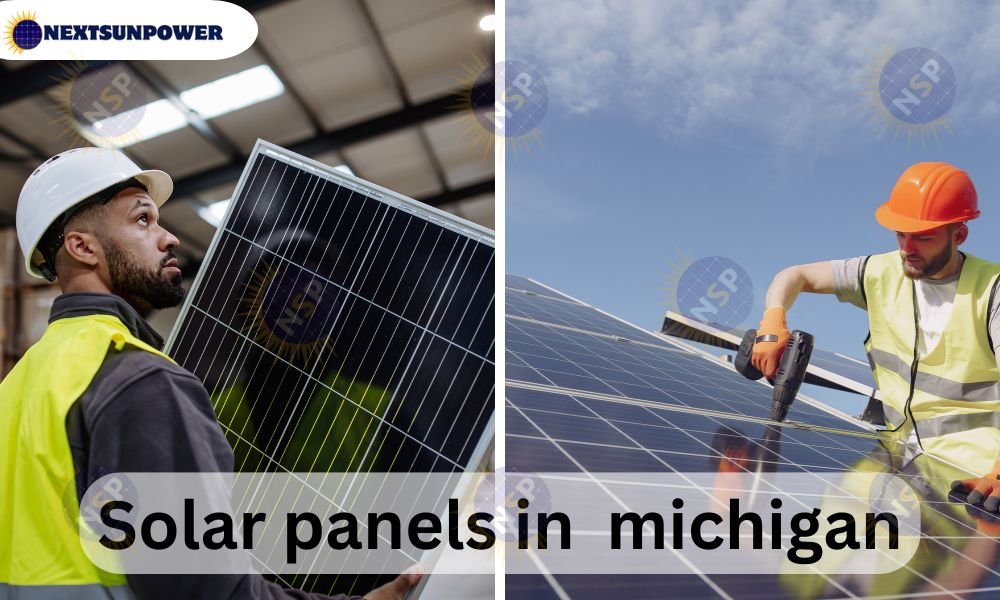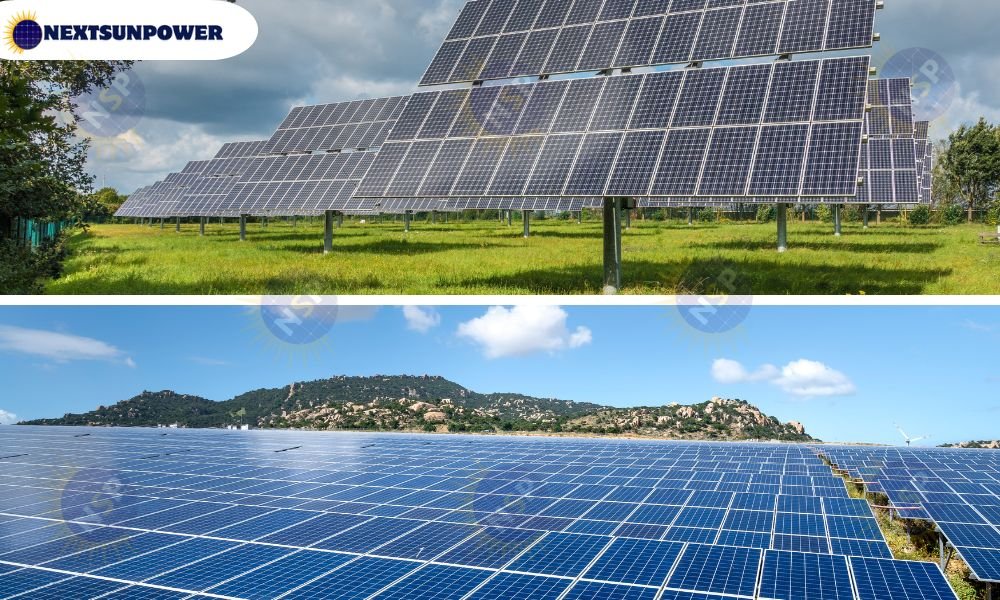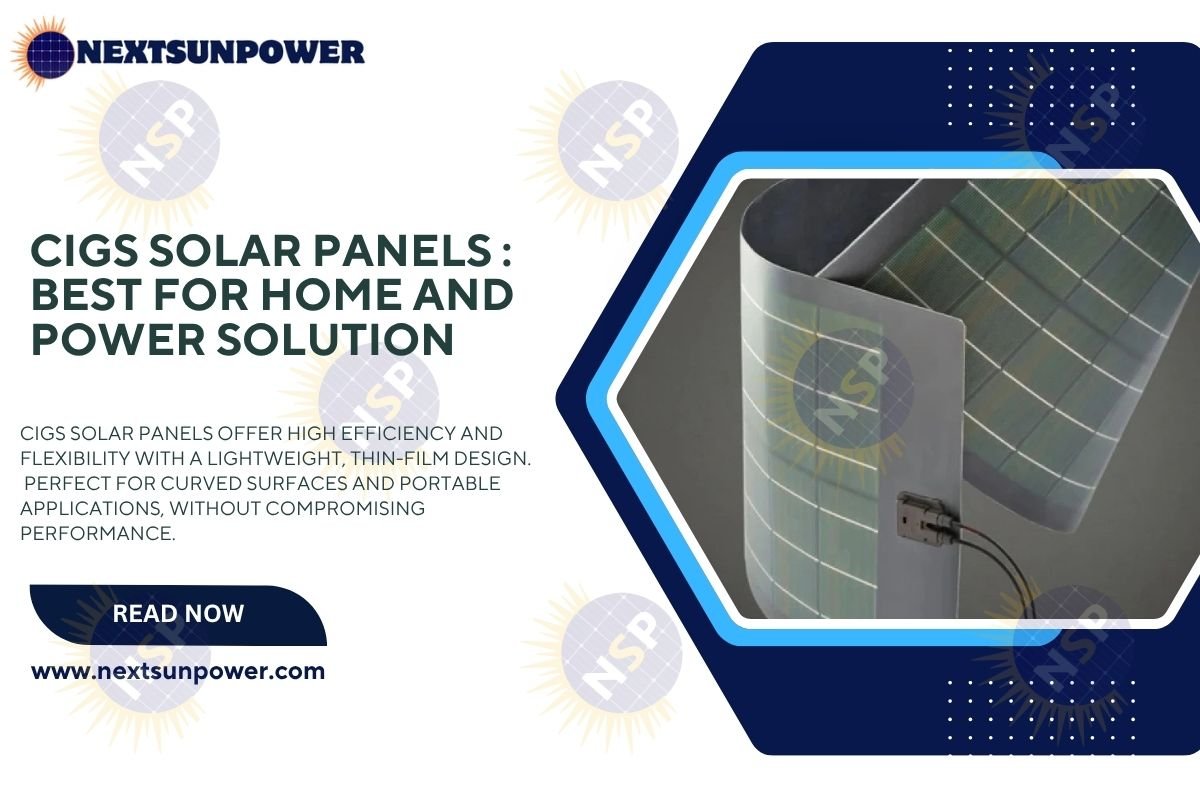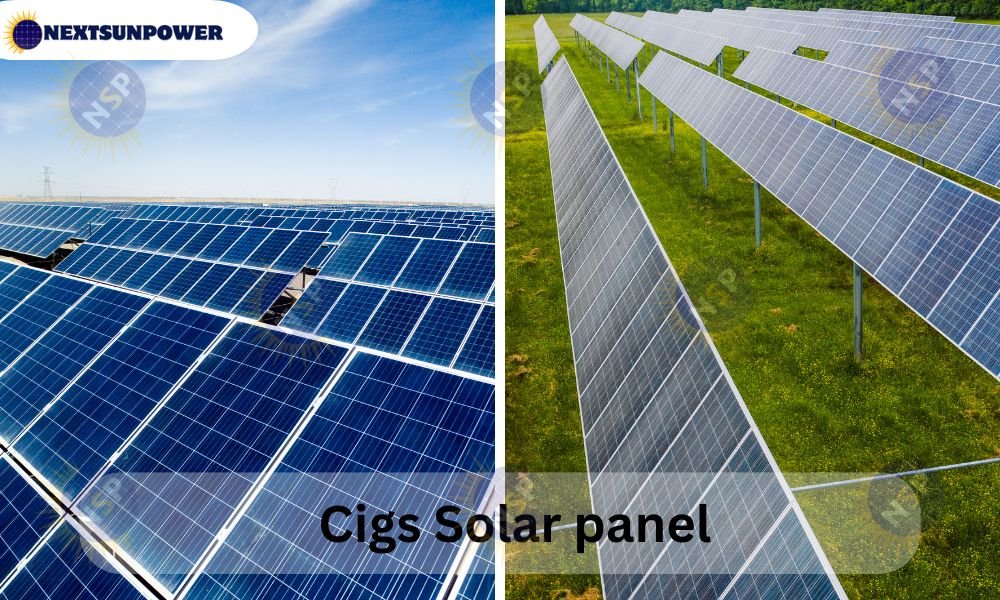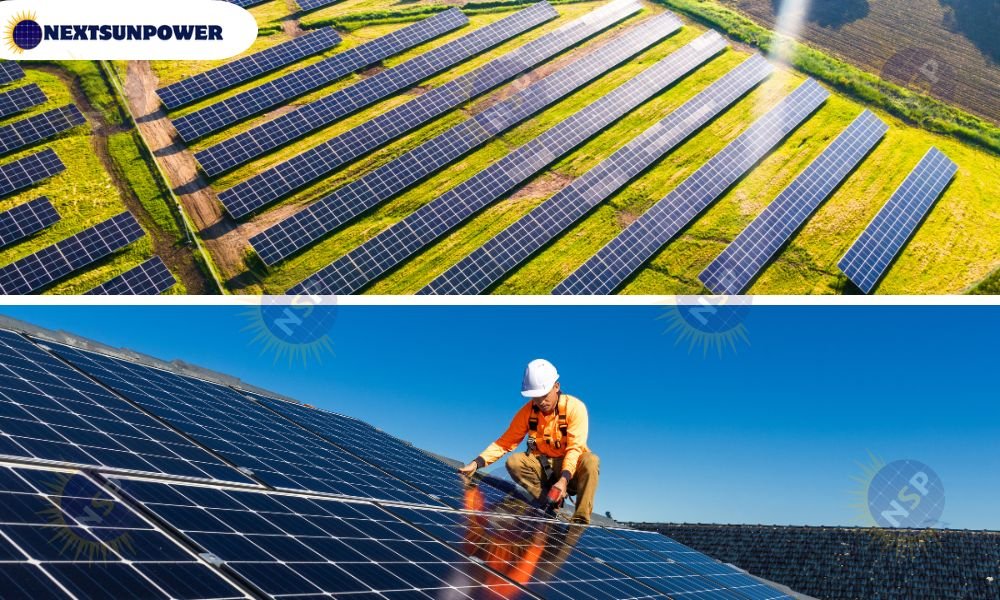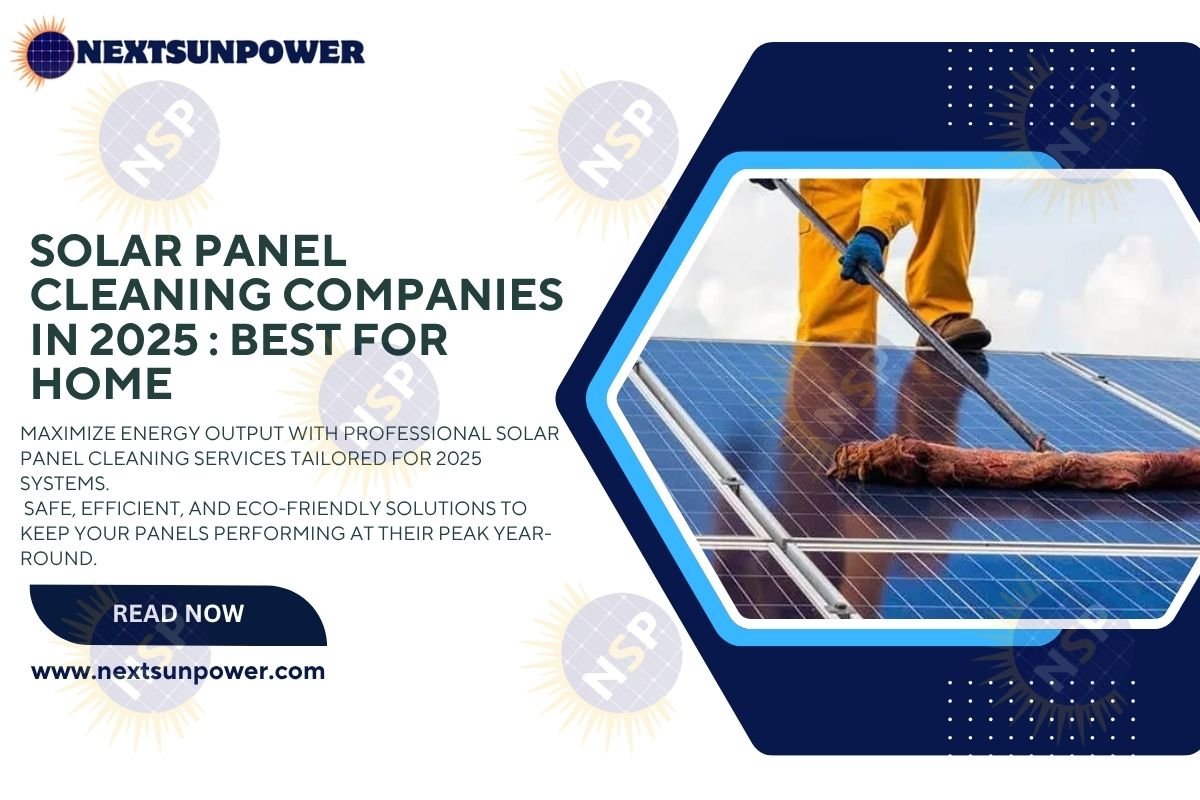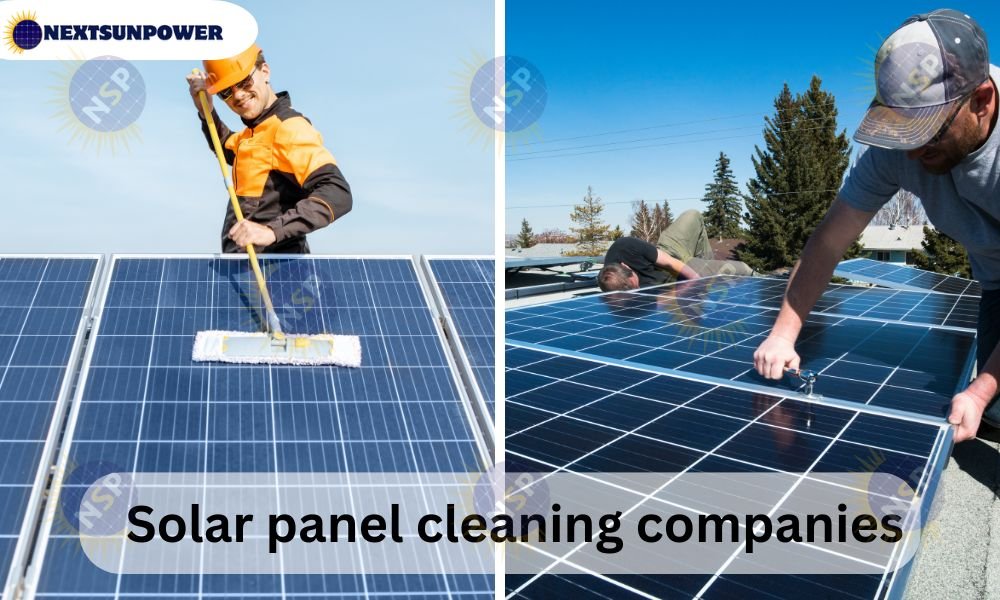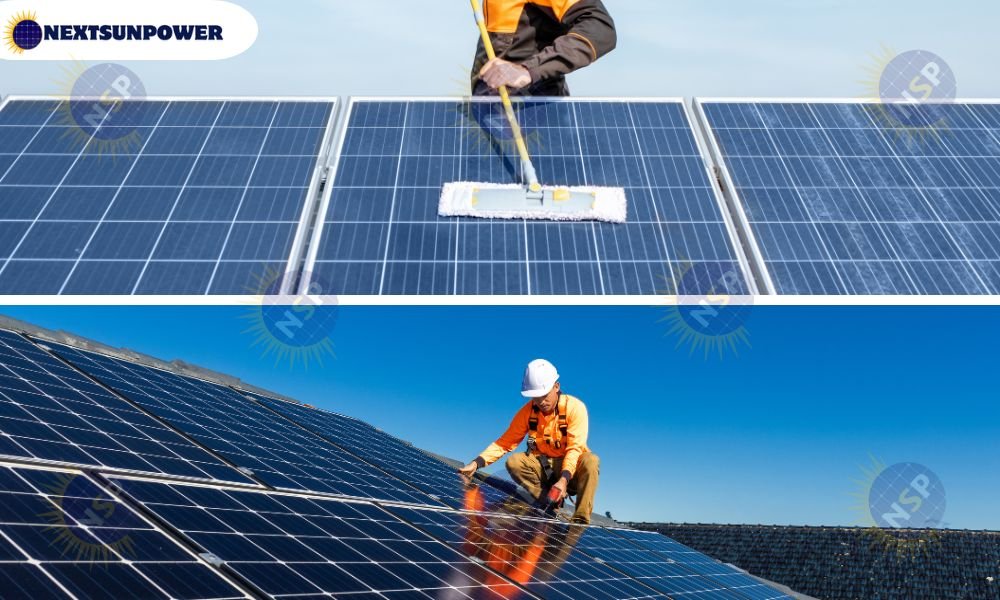Thinking of a solar solution? You’re doing the right thing. With escalating electricity prices and the worsening climate emergency, solar is no longer a luxury but a smart necessity. And if you desire the crème de la crème, you’ll be hearing about sunpower solar panels time and again. So, let’s cut all the things you should think about—efficiency, warranty, and yes, even solar panels price straight.
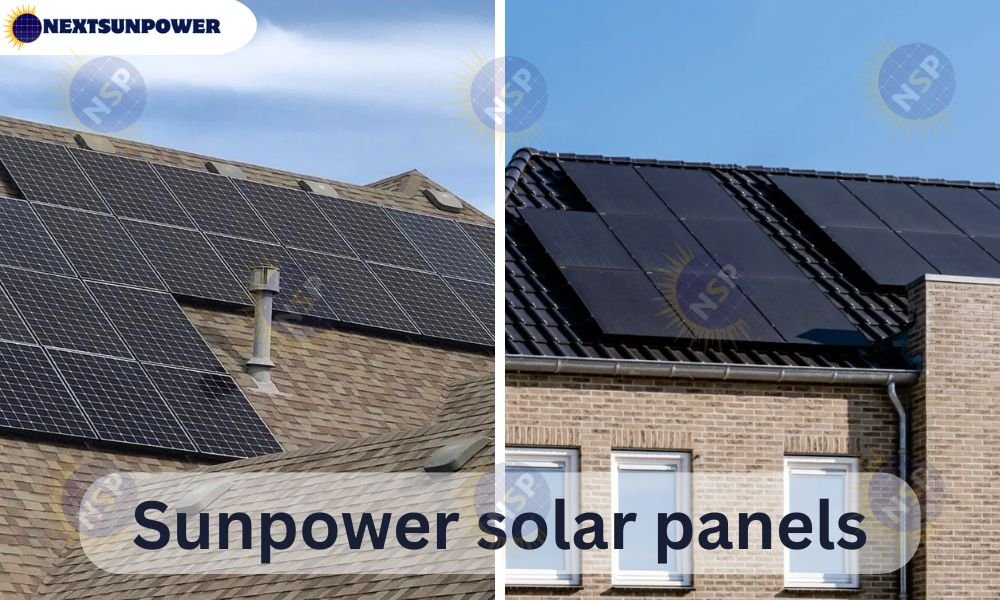
Why SunPower Solar Panels Are So Popular?
SunPower has been around for quite some time. They’ve been in existence longer than 35 years and are highly acclaimed for making some of the most powerful and most durable solar panels available on the U.S. market. With their sleek shiny black surface and technology that provides more power in smaller space, they’re typically the best option among American homeowners.
Here’s the catch: as the other panels degrade sooner and lose their efficiency, sunpower solar panels last, giving you carefree satisfaction for decades.
Key Features That Set Them Apart
1. Industry-Leading Efficiency
SunPower’s Maxeon panels are designed to convert more sun into electricity than most available. Most of the panels are over 22% efficiency, but competitors would have a usual 15-18% efficiency. That still leaves even smaller roofs capable of producing lots of power.
2. Long-Term Durability
SunPower panels are created to be resistant to cracking, corrosion, and weather. They retain only 0.25% efficiency loss each year, so you can expect more than 92% initial performance after 25 years.
3. Outstanding Warranty
Most solar companies break warranties down into product and performance, but SunPower simplifies with a 25-year, everything-included warranty on absolutely everything—labor, even performance, and panel materials. Some of the more recently introduced models have a 40-year warranty against performance—a game-changer, that’s for sure.
SunPower Solar Panels Price: What to Expect
So, how much do they cost?
SunPower solar panels are more expensive than average, but you get what you pay for. Average price is from $3.30 to $4.50 per watt. Therefore a standard residential system (about 6 kW) will be priced between $19,800 and $27,000 before tax credit.
But since they can receive their money back in 6 to 10 years in the long run because of the 30% federal solar tax credit, state rebates, and energy savings, most homeowners recover their money.
SunPower Solar Panels for Sale: Where to Buy
Looking for sunpower solar panels for sale? You’re in luck—SunPower boasts a huge network of certified installers and dealers nationwide. Their website also includes a dealer locator tool, or look on websites such as EnergySage and Solar.com.
Just make sure to use an authorized partner. That ensures proper setup and warranty protection. Buying from unauthorized resellers will void your product warranty—don’t take that chance.
Are They Worth the Investment?
We get it—SunPower solar panels are more expensive upfront. But they generate more energy per square foot, last longer, and require less maintenance than a lot of cheaper alternatives.
Think about it: if you’ll be living in your home the next 10–20 years, you’ll save thousands in the long term by going with higher-efficiency panels. That’s extra cash in your wallet—and a greener lifestyle.
Pros and Cons at a Glance
| Pros | Cons |
| High energy output | Higher upfront cost |
| Excellent long-term warranty | Limited DIY installation options |
| Strong weather and temperature resistance | Must work with authorized installers |
| Great aesthetics (sleek all-black look) | Some models may have wait times |
SunPower Solar Panel Models Available to Buy
SunPower has a few well-known models based on your requirements:
Maxeon Series: High-end panels with best efficiency and maximum durability. Suitable for long-time owners.
Performance Series: A little more affordable but still excellent. Perfect for those in need of SunPower quality at a bit lower price.
Still not sure which one is perfect for you? Most SunPower retailers provide free consultations. They’ll check your power usage, roof space, and budget to suggest the best one.
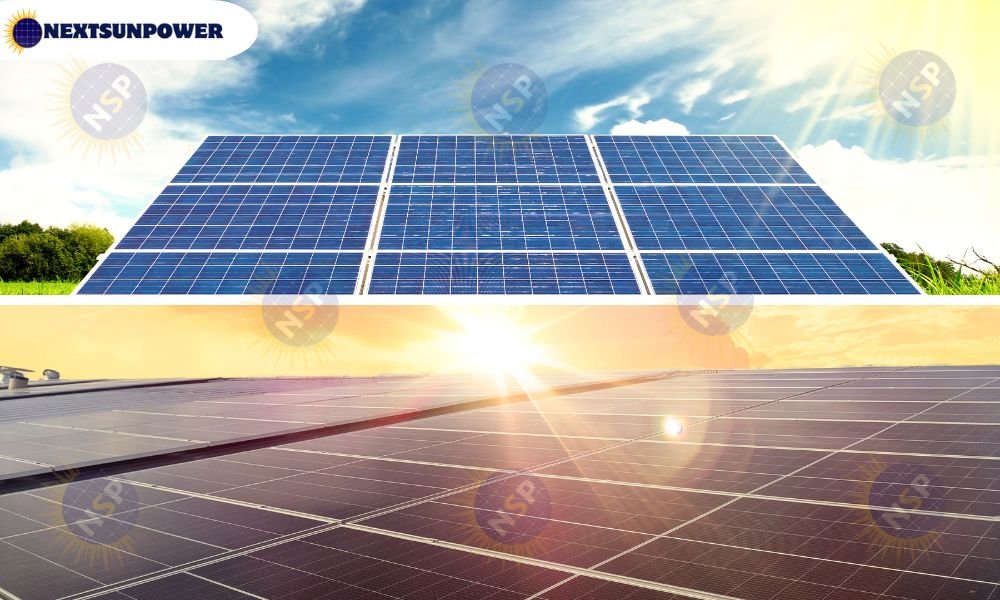
FAQs
Q1: Are SunPower solar panels the best?
Yes. Because they are so efficient, of high-quality material, and have good warranties, they are always among the highest-rated solar companies in the U.S.
Q2: What has the biggest effect on the cost of solar panels?
System size, location, and whether you qualify for incentives or tax credits. More panels = more cost, but also more savings.
Q3: Are SunPower solar panels available to buy directly?
You can’t get ’em at the big-box stores. You’re going to have to buy from a certified SunPower dealer or installer.
Q4: Will they work well in cloudy or cold climates?
Yes! SunPower panels are so good that they will work quite well even with marginal weather.
Q5: Will they increase my home’s value?
Yes. Houses with solar installations sell more rapidly and for higher values, especially when panels are owned (not leased).
Conclusion
If you’re committed to solar, SunPower solar panels are a good long-term investment. They are more expensive upfront, but you get superior performance, low maintenance, and ample savings on energy in the long term.
Although the cost of solar panels may seem overwhelming initially, government rebates and long-term savings on your bill make them cheaper than ever. And with so many SunPower solar panels to buy from approved installers, it’s simple to start your journey to a greener, smarter home.
So go ahead—call a SunPower installer, get a free quote, and start using the power of the sun the smart way.

